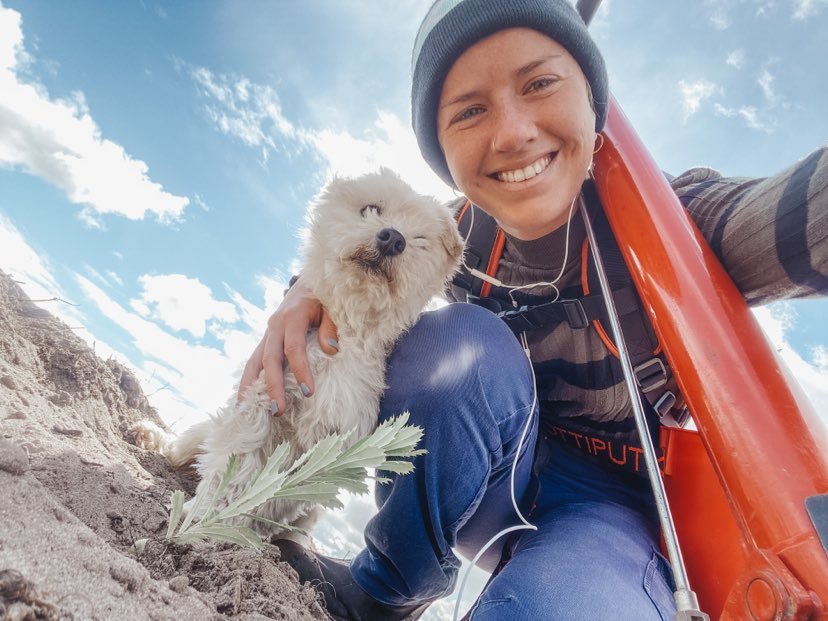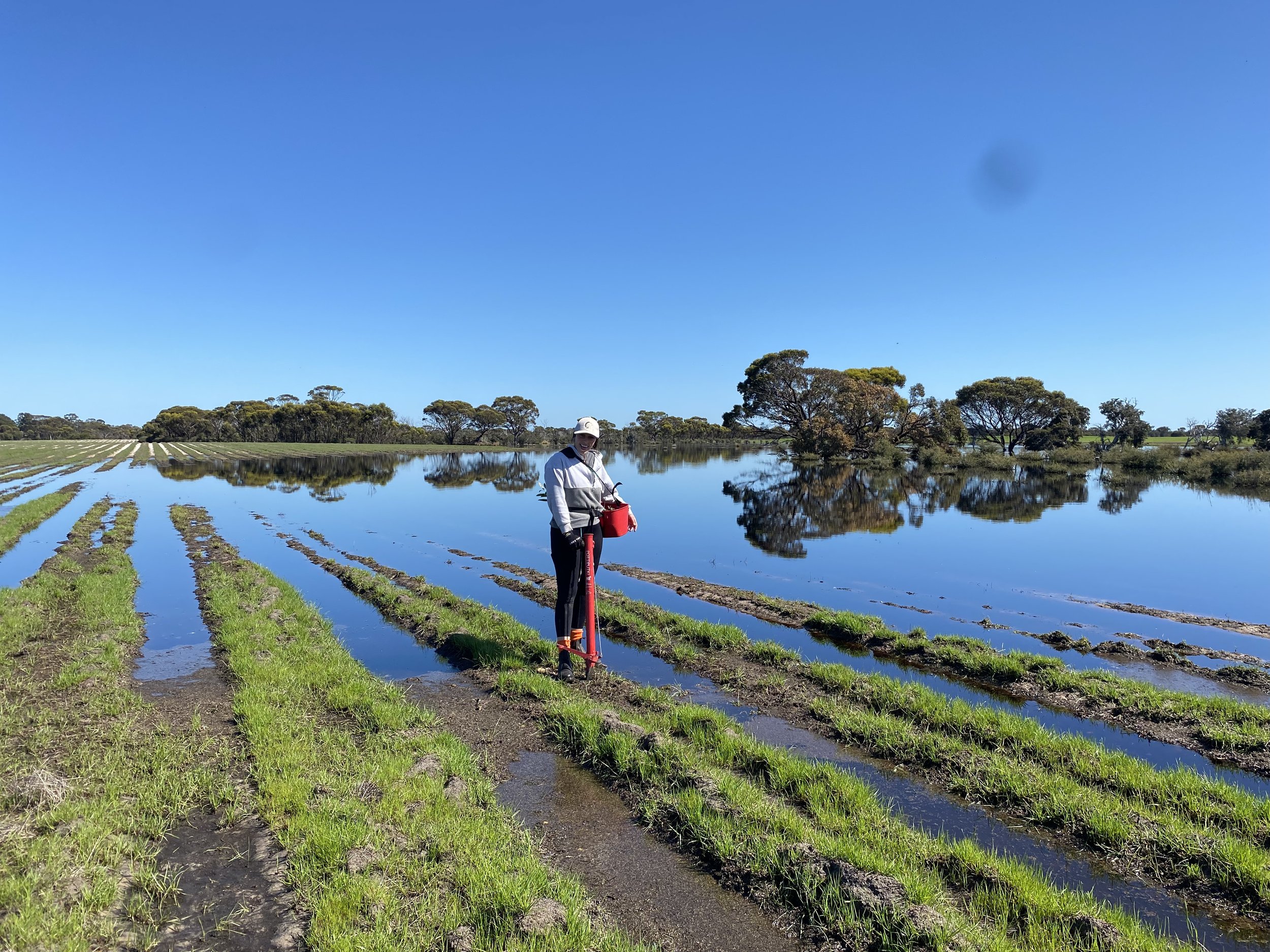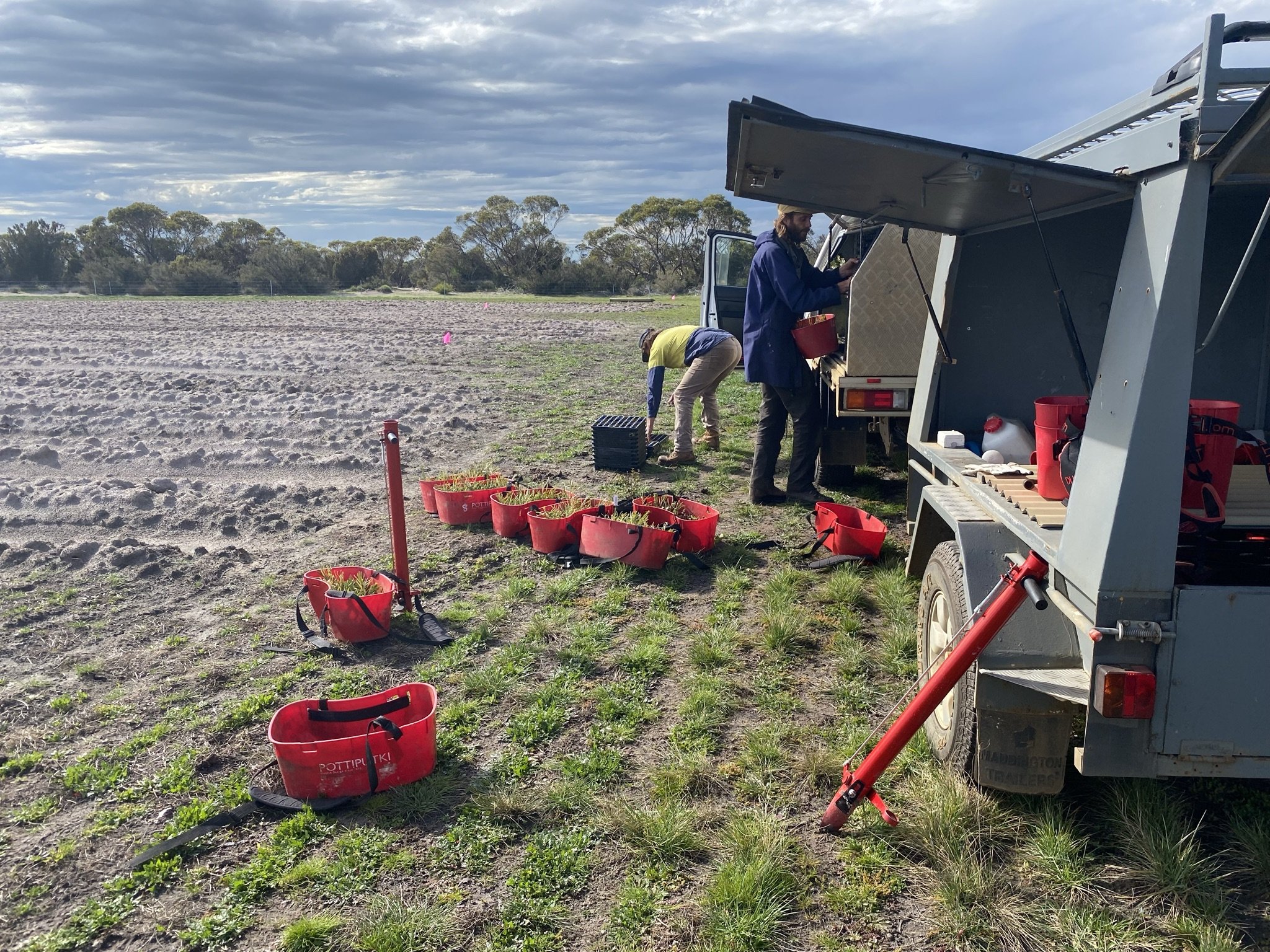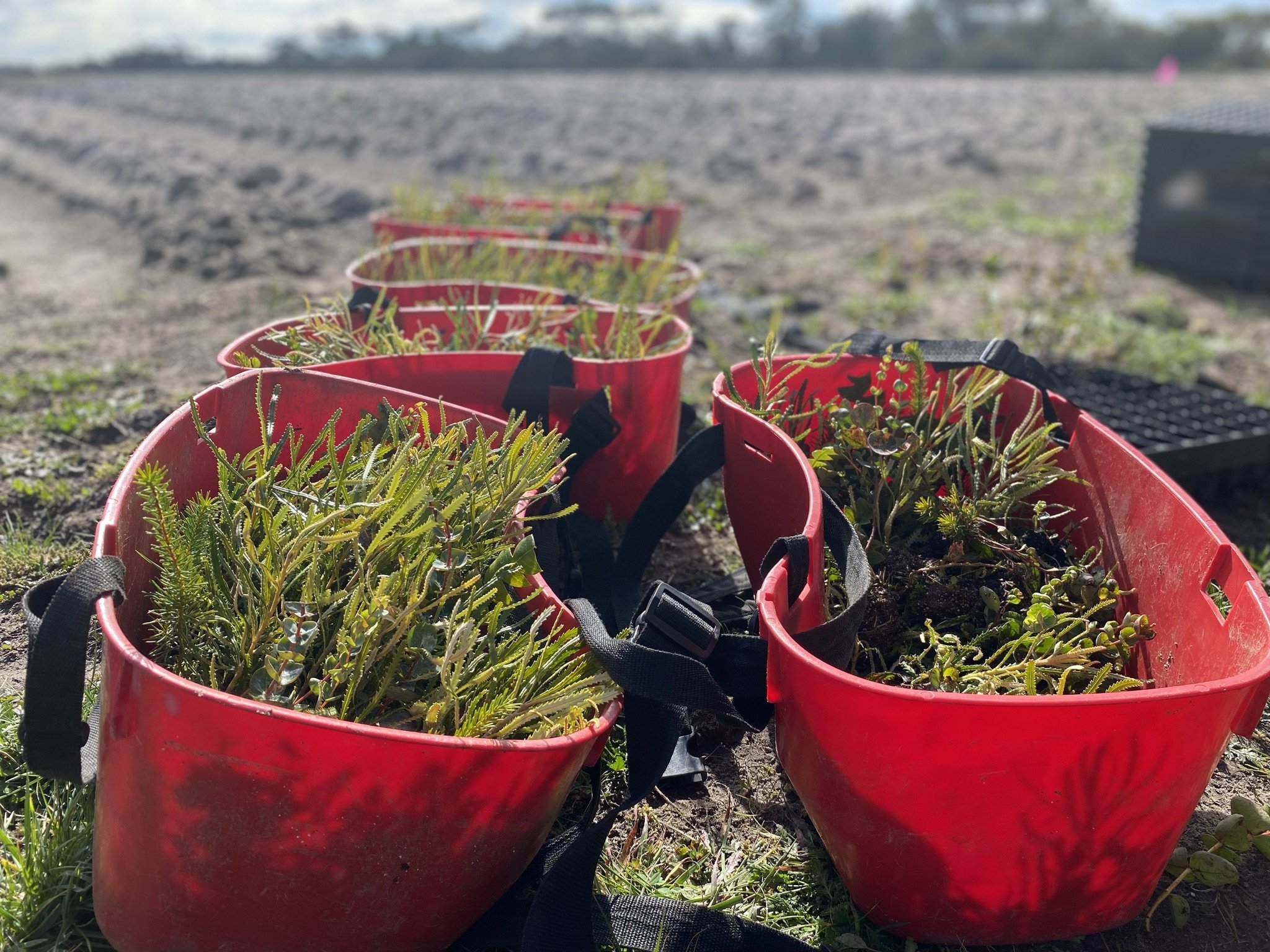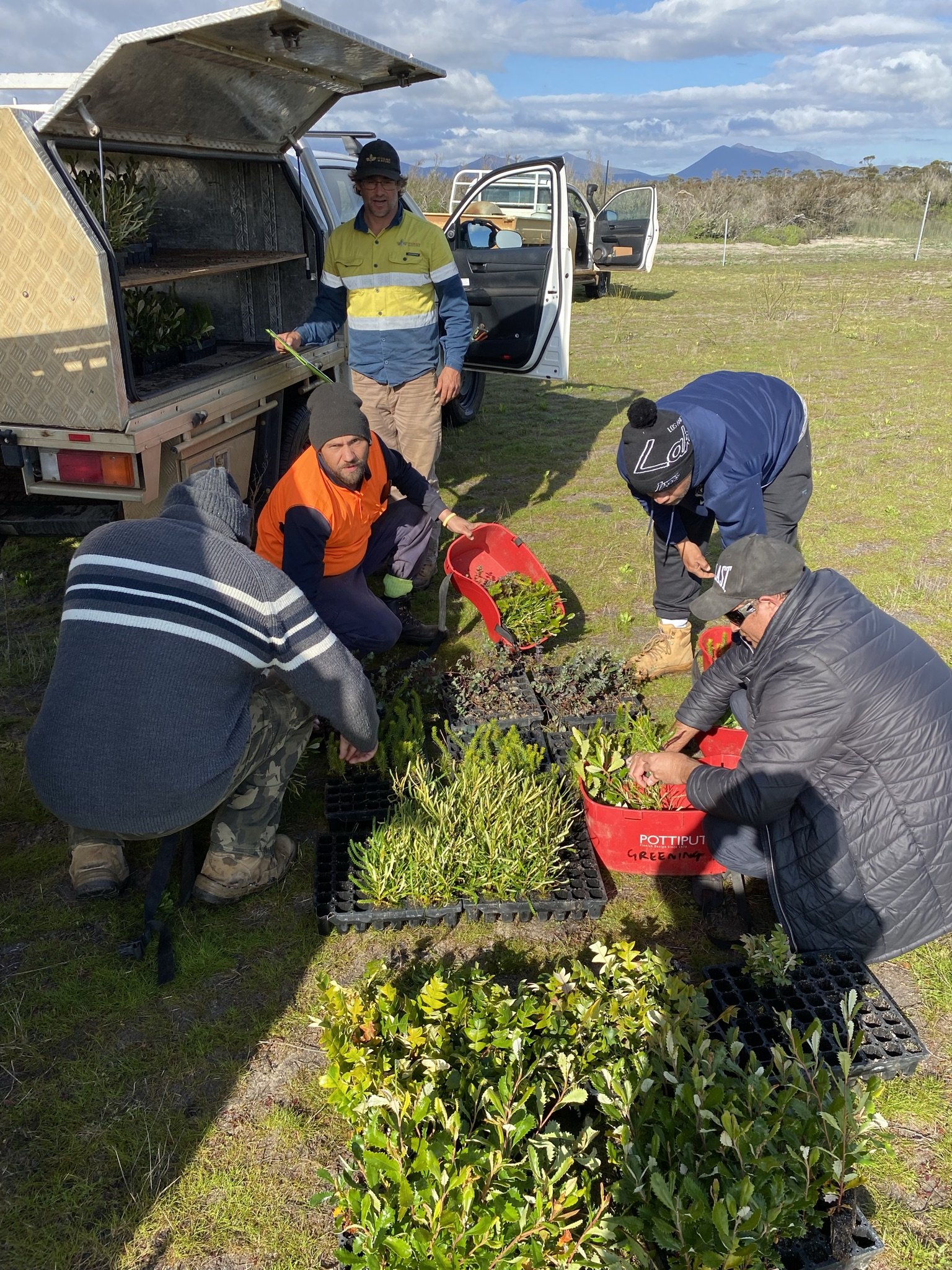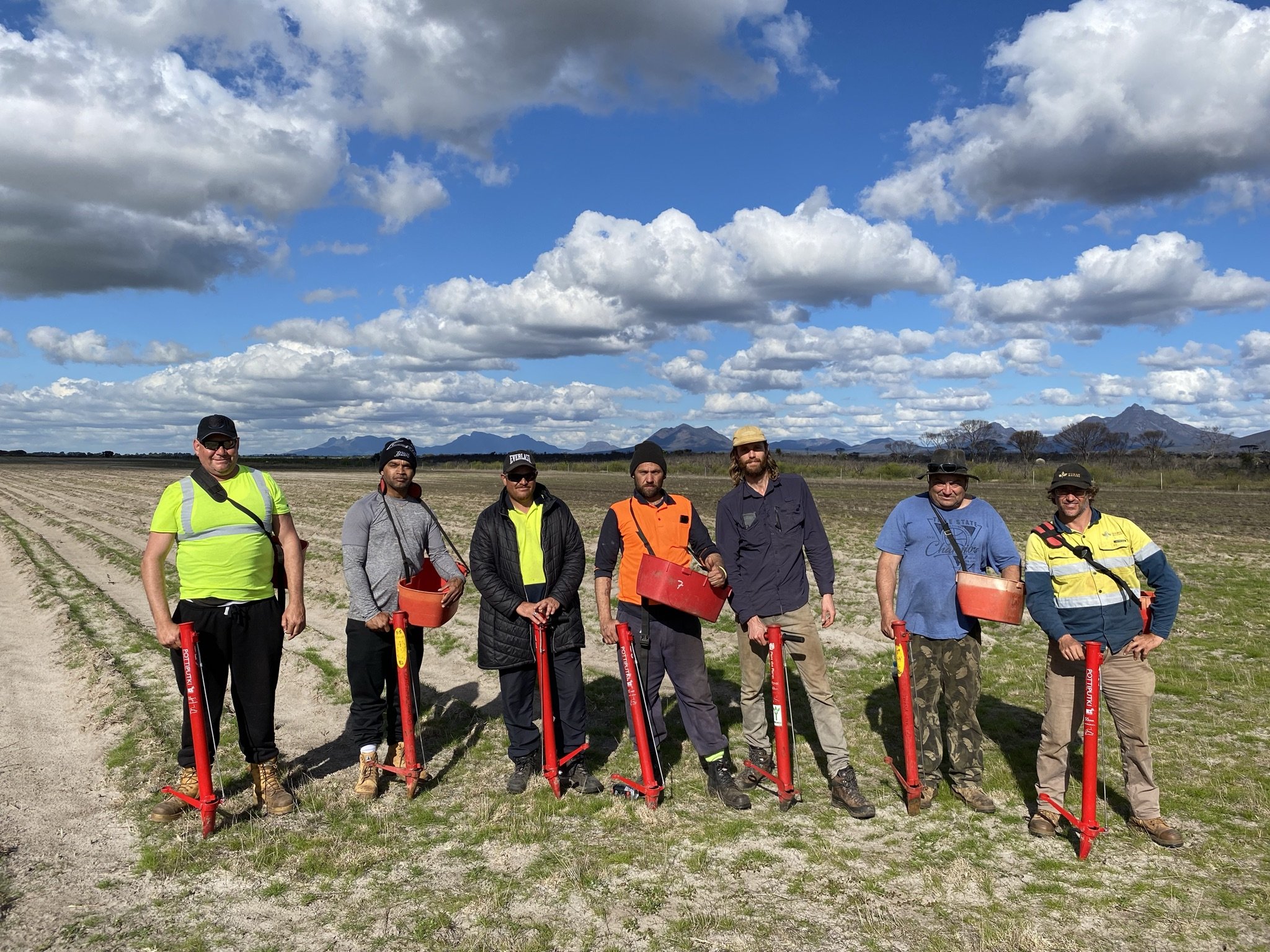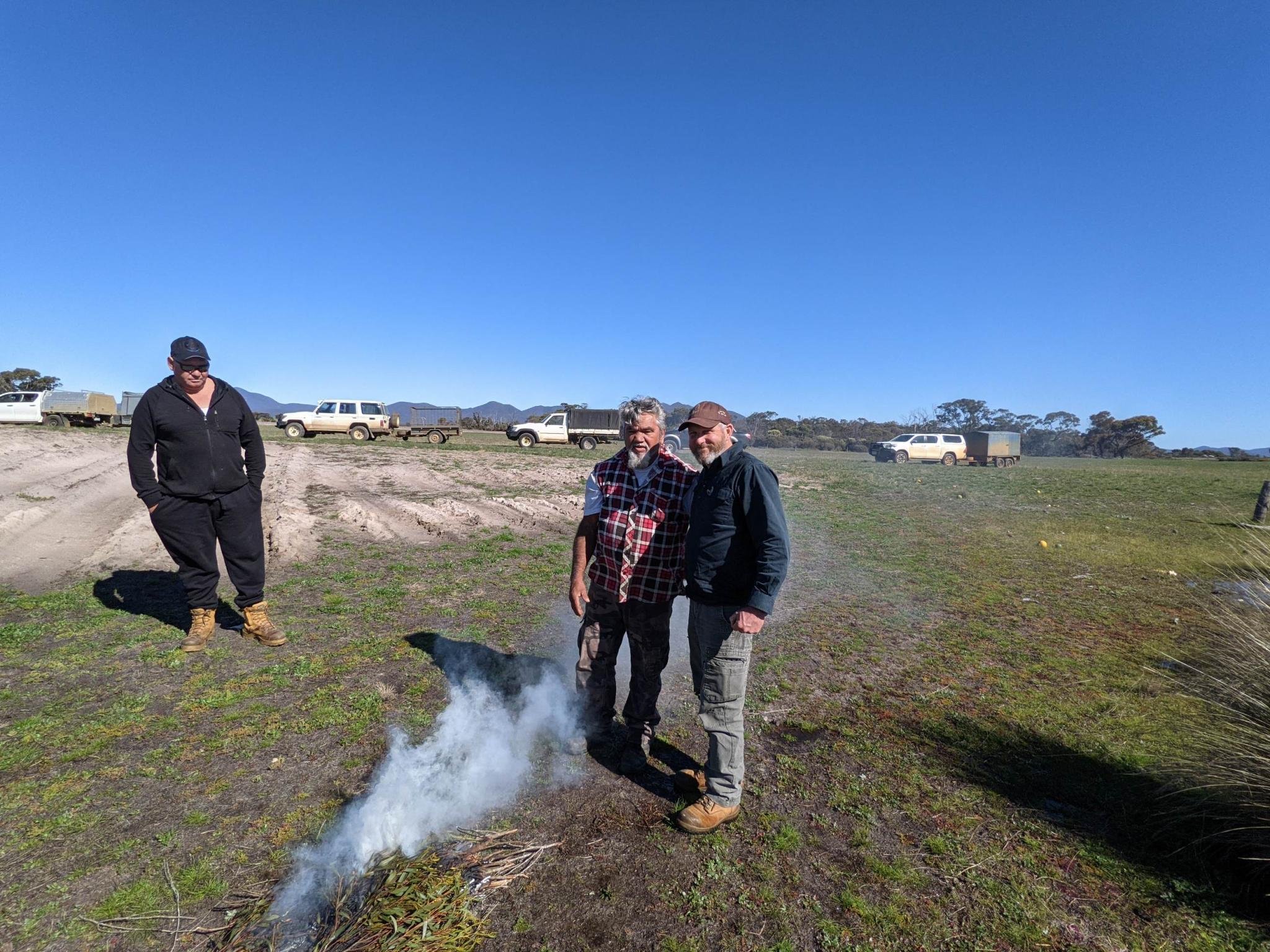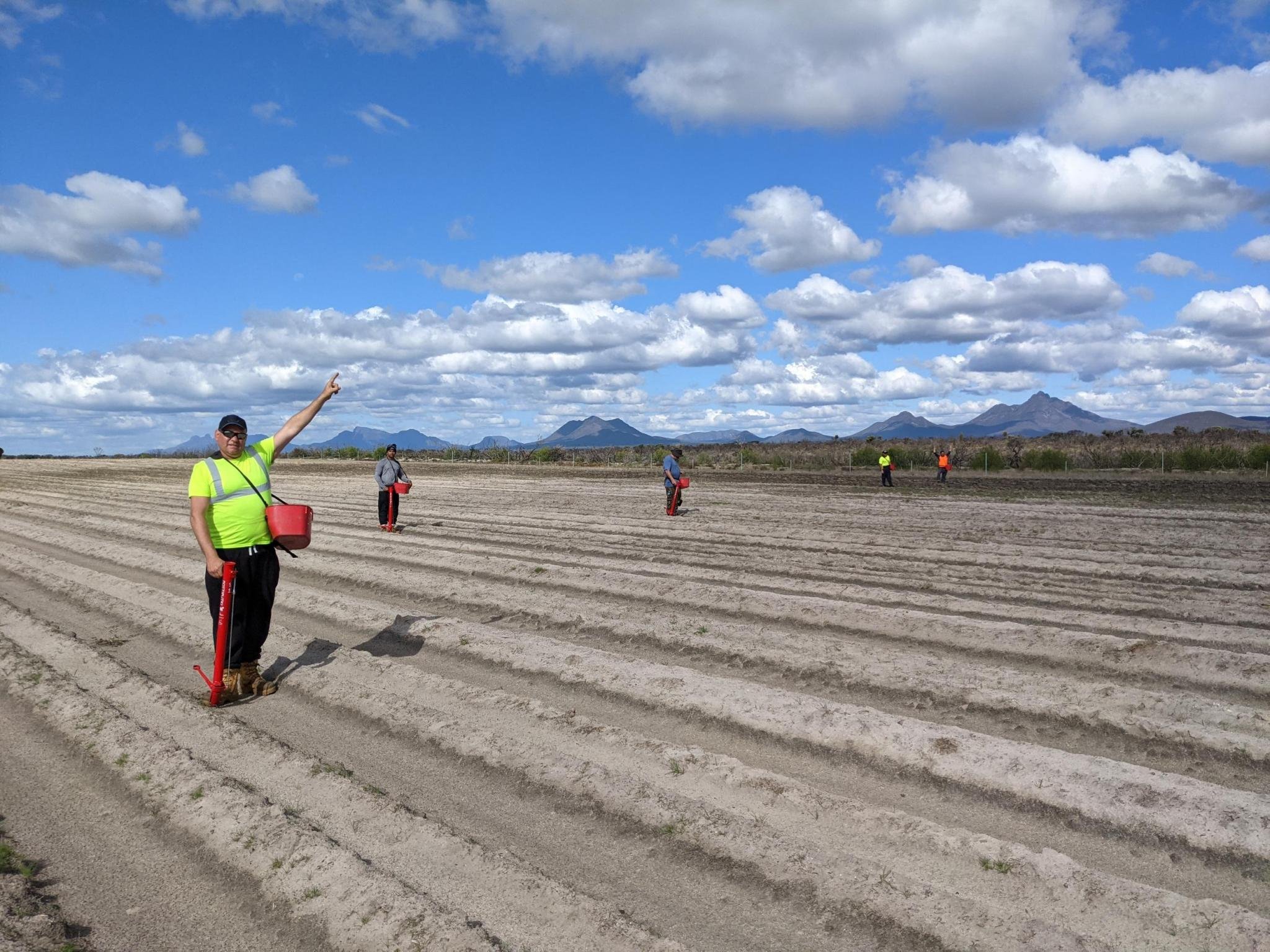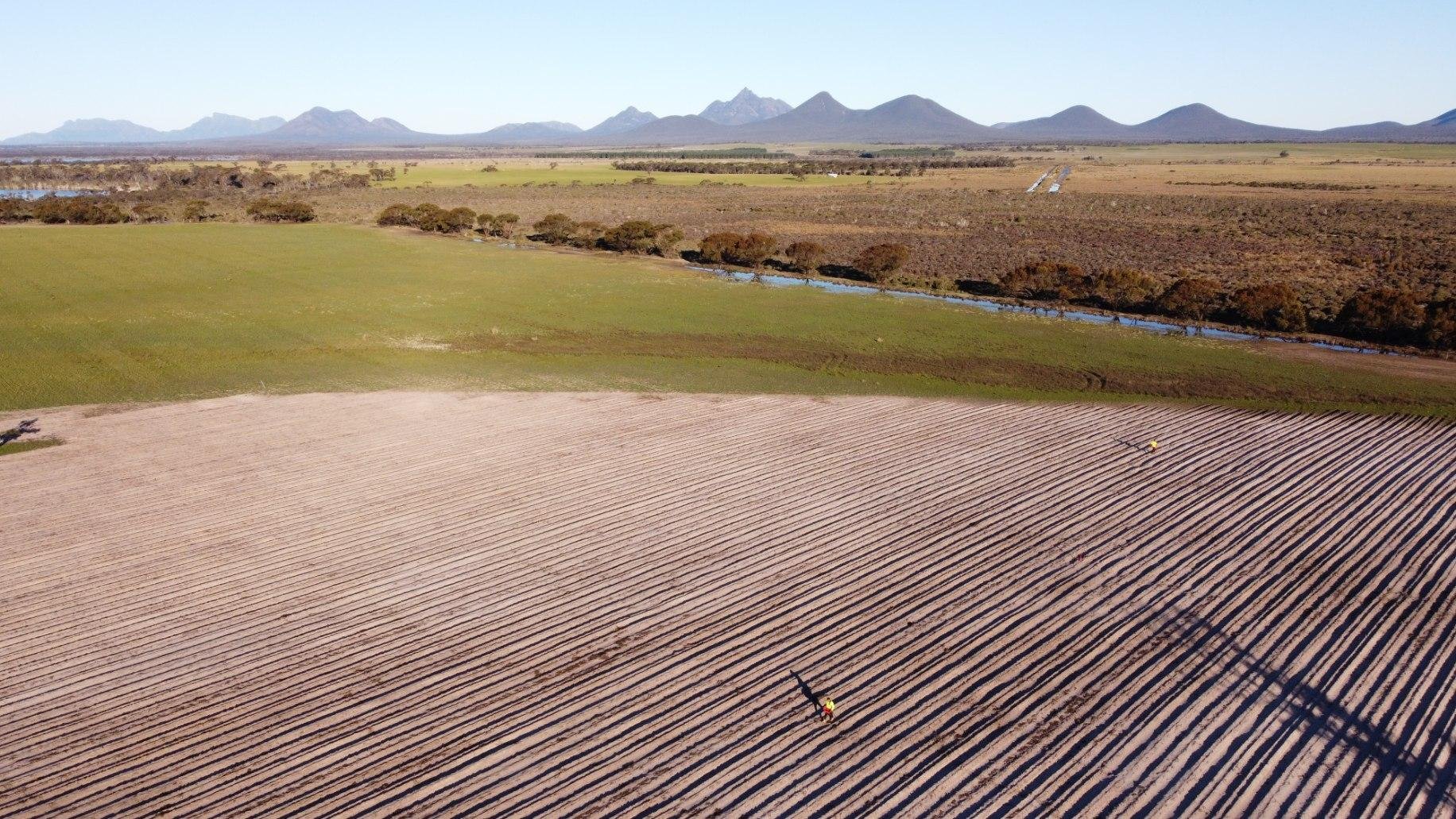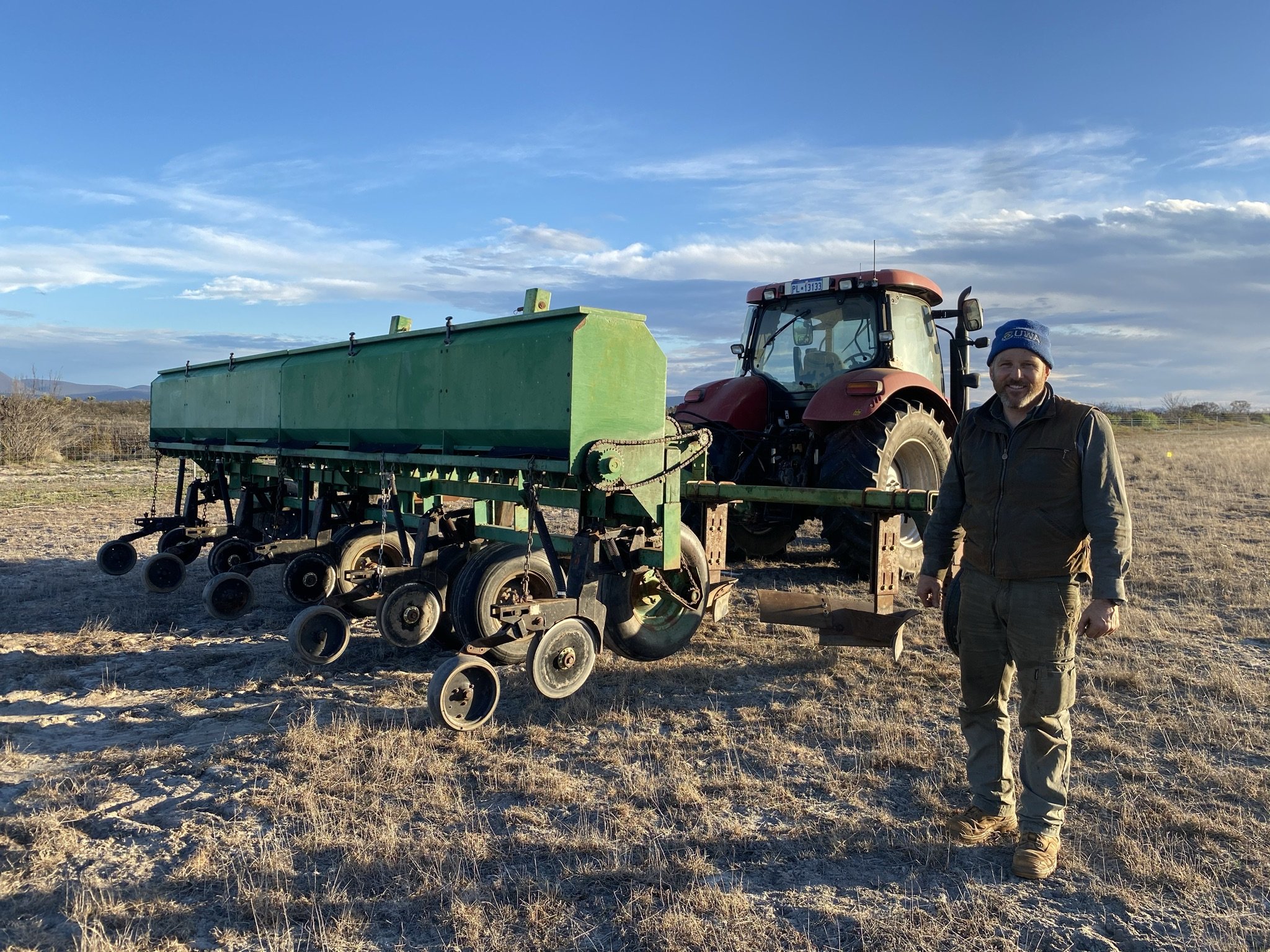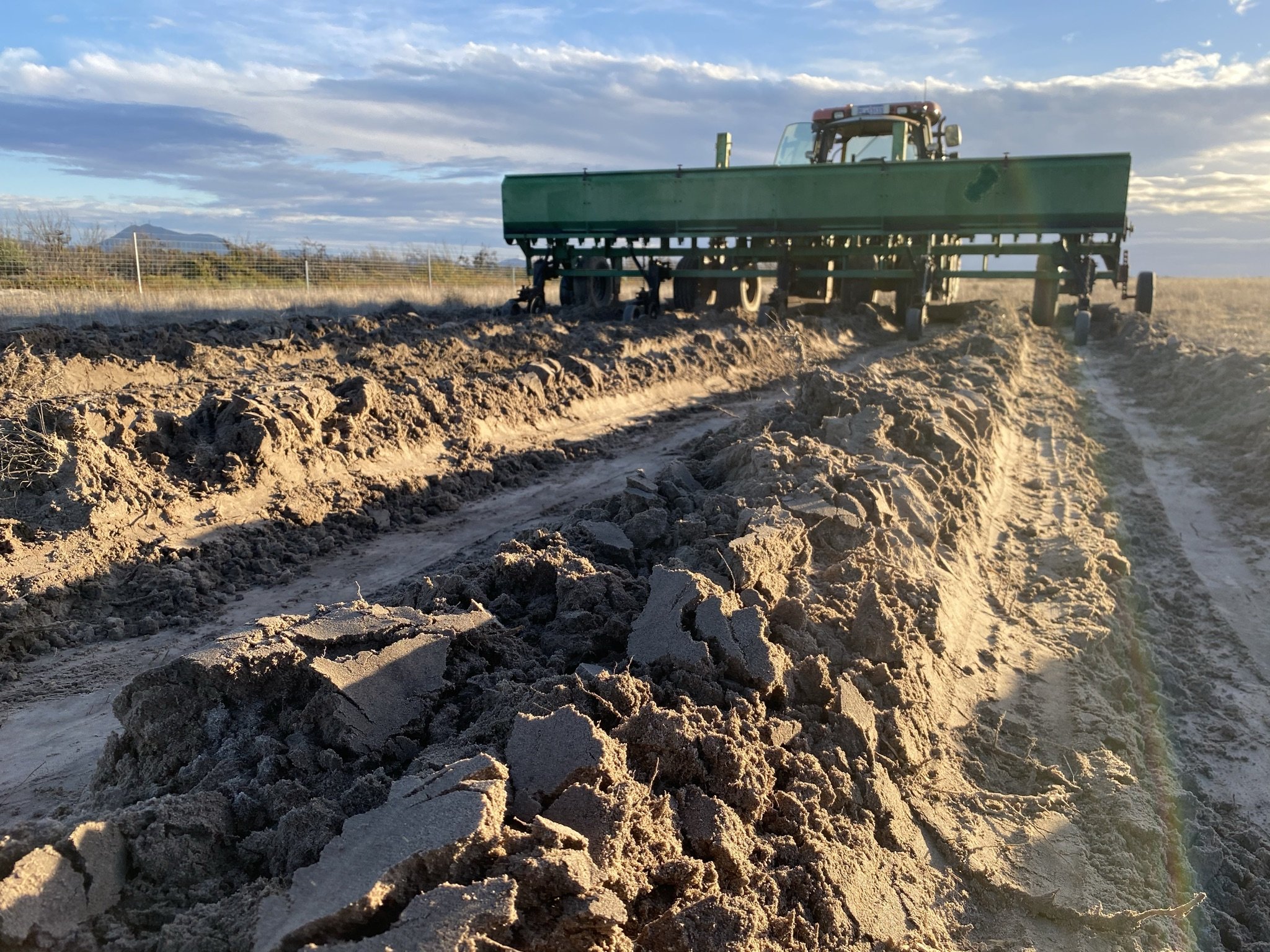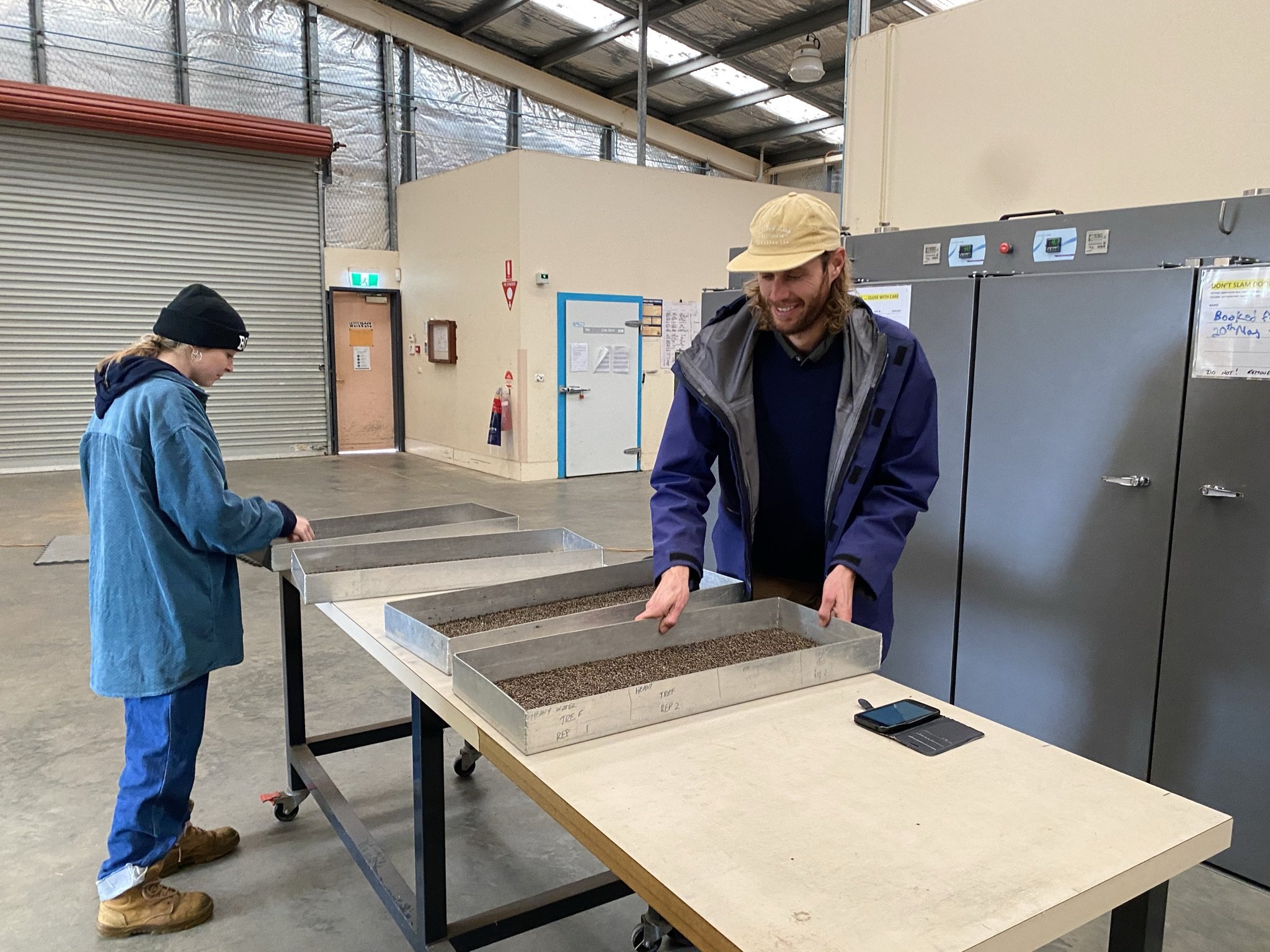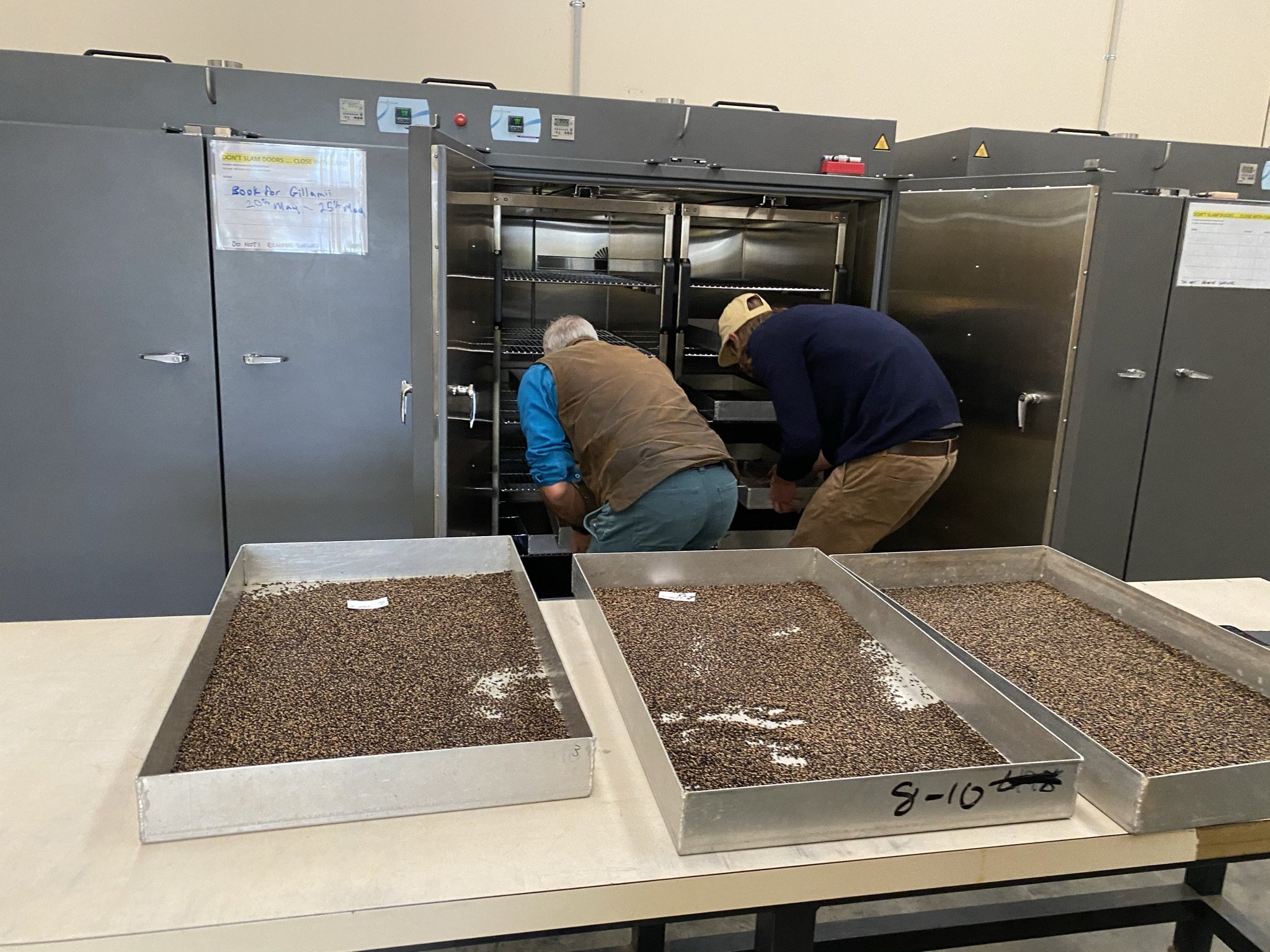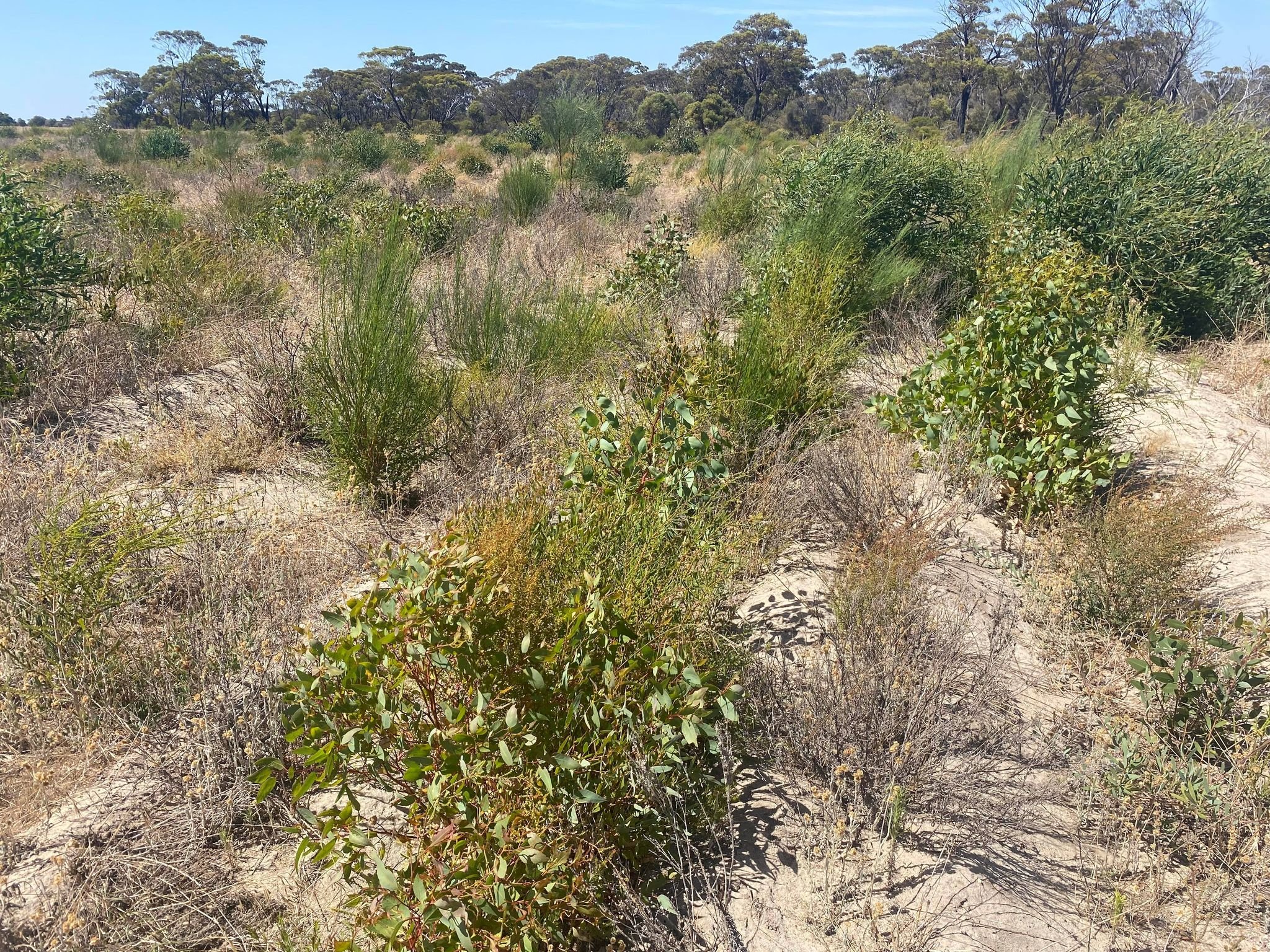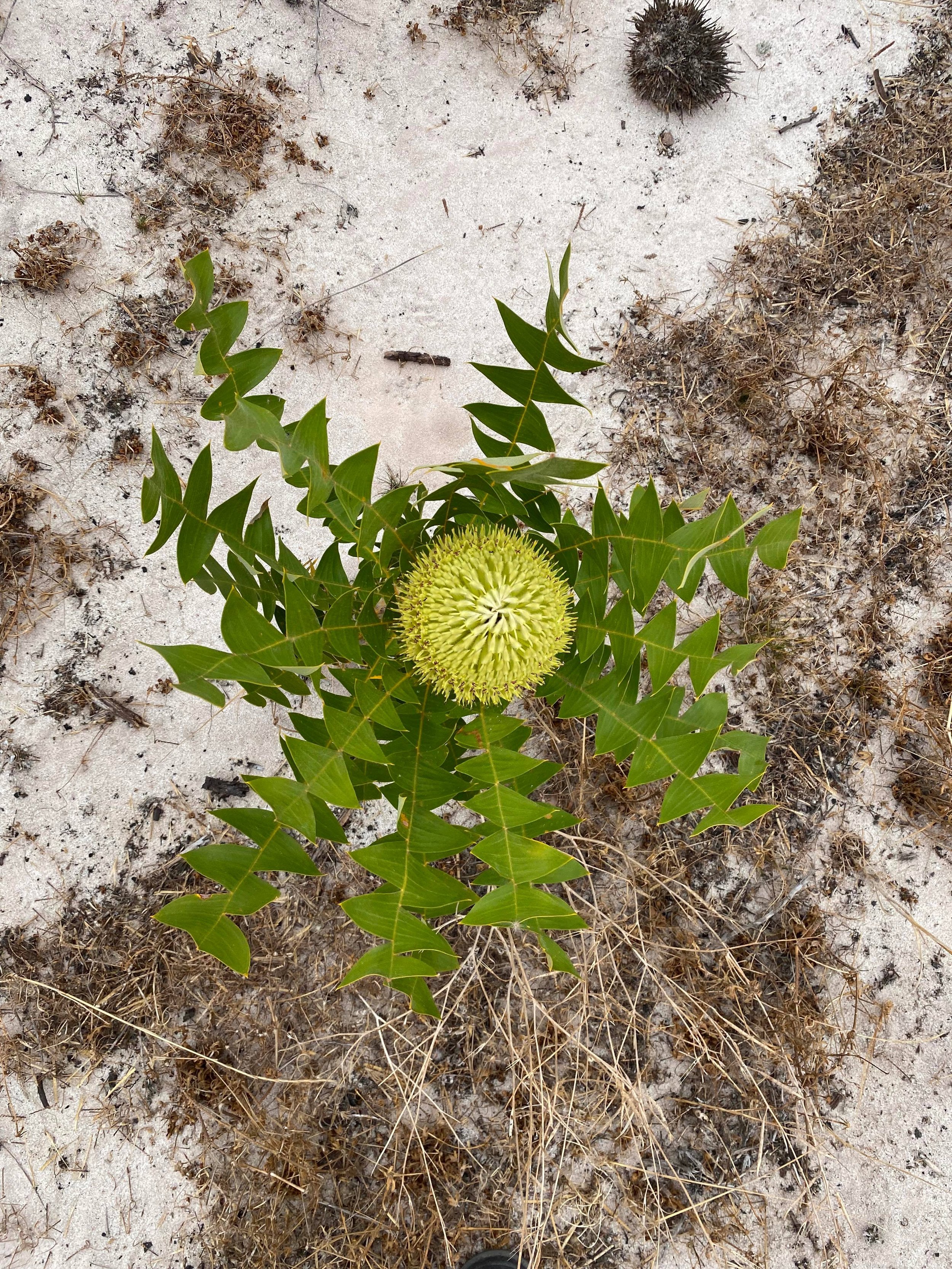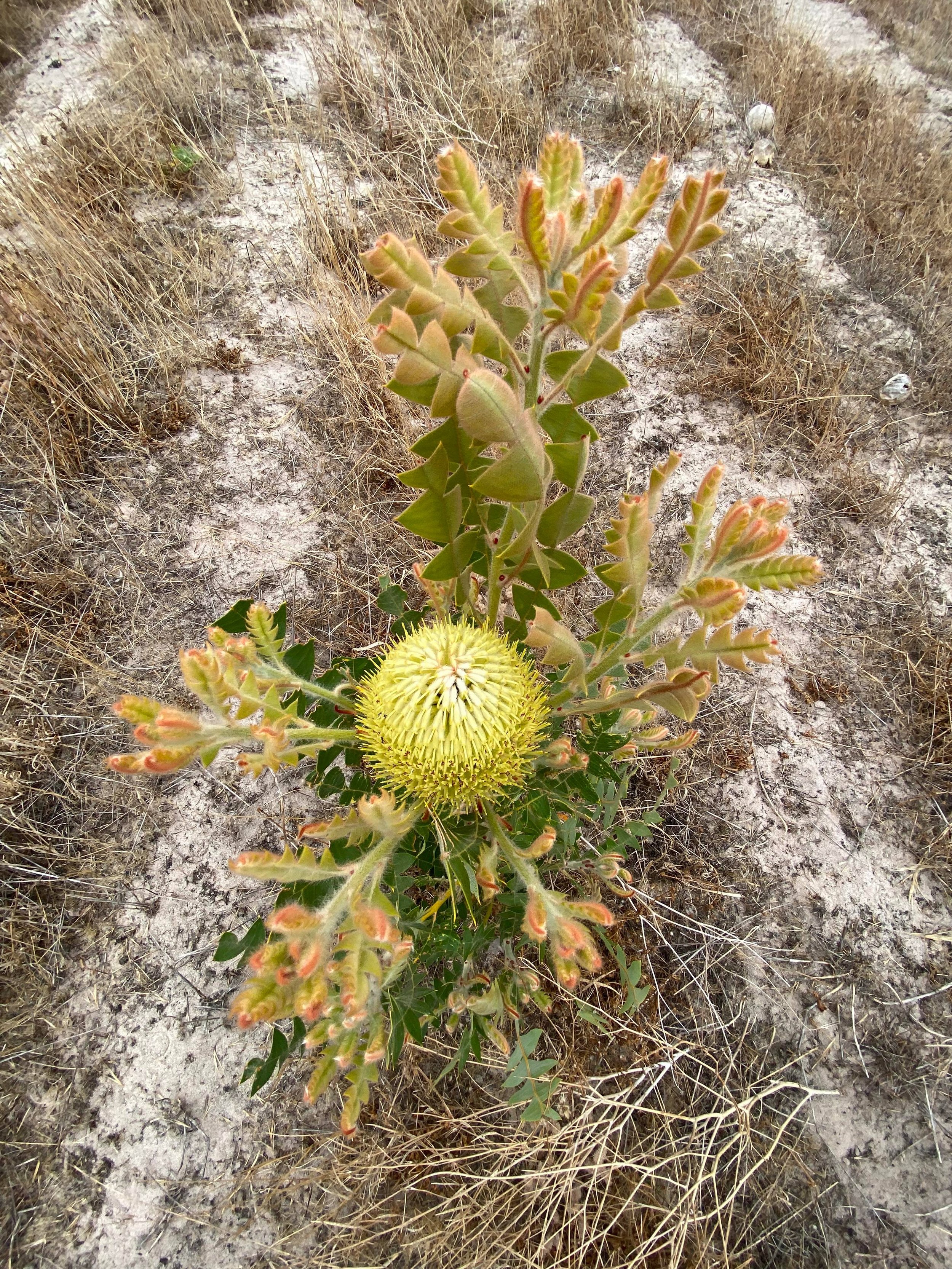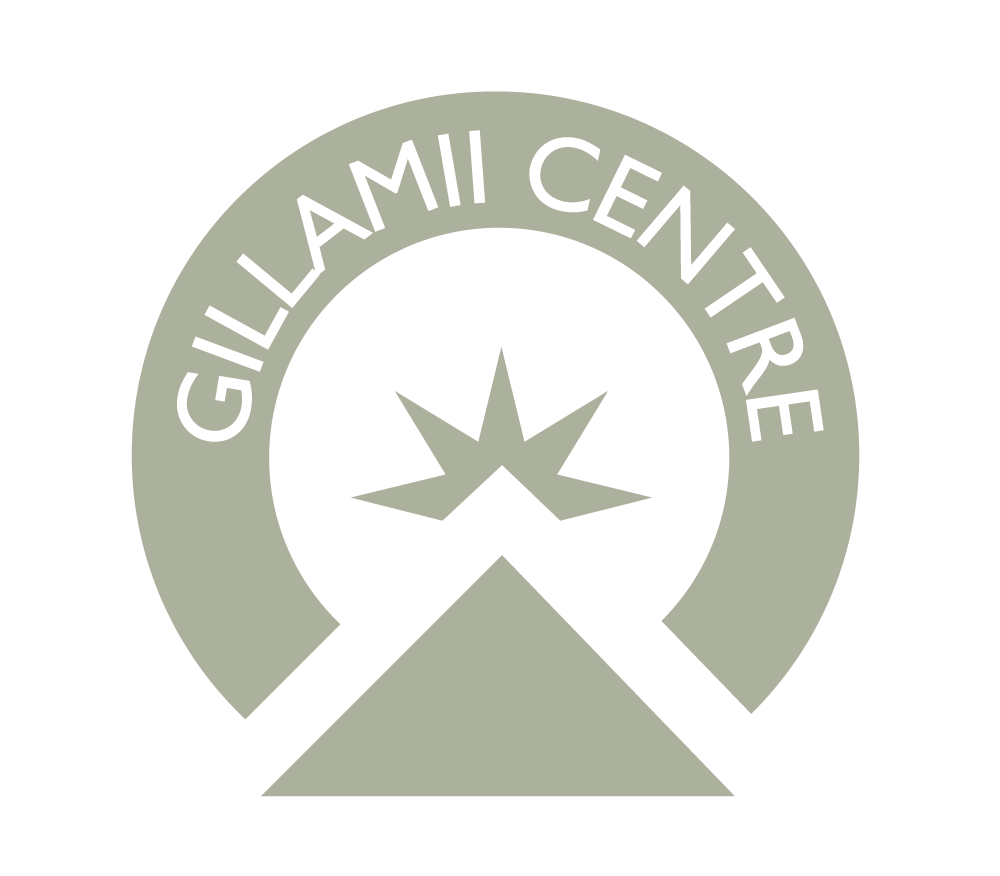Community, Carbon & Conservation
Period: 2021-2023
Funding Body: State NRM
Funds: $226,980
Project Officer: Freya Spencer
Summary
The Community, Carbon and Conservation Project, aims to empower farmers to rehabilitate marginal land, diversify their incomes and conserve biodiversity through native carbon plantings on their farms. The works focus on sequestering carbon through biodiverse native plantings, with an emphasis on grassroots collaboration. Working with a group of progressive farmers, the project aims to restore 550 hectares (ha) of marginal land through biodiverse carbon plantings with ecological restoration industry leader, Threshold Environmental. The project also encompasses 55km of protective fencing for the large-scale restoration sites, delivered by Gillamii and North Stirlings Pallinup Natural Resources (NSPNR), funded by the Western Australian Government’s State NRM Program.
Outcomes
Engage and collaborate with stakeholders to develop a restoration plan for the 6 biodiverse carbon offset projects in partnership with Threshold Environmental;
Establish 550 ha of biodiverse revegetation for ecosystem function (functional value) and species genetic diversity (Intrinsic value), aiming for 50-100 species per site in partnership with Threshold Environmental. The inclusion of priority species in surrounding PEC and TEC communities will be of major focus in this activity;
Conduct 55km of protective fencing on all 5 properties to exclude stock from grazing the revegetation as all properties are mixed farming enterprises (Gillamii, NSPNR and Project Landholders);
Register all 6 projects for Carbon Offset with the Australian Government Clean Energy Regulator (Threshold Environmental);
Conduct revegetation monitoring in years 1, 2 and 3 (Germination rates, seedling survival and species group counts);
Conduct 6 land manager surveys to determine effectiveness of project and develop a carbon restoration model for our sub-regions in years 1, 2 and 3;
Monitor, Evaluate and Report on the project annually to improve and develop a carbon offset restoration model for the sub-regions;
Conduct workshops in the spring of 2022 and 2023 to promote this restoration model to landholders with aims of developing a restoration plan for an additional 500 ha a year in years 2 and 3.
Report
Report will be added at the completion of the project.
Please see Project Launch Article for further information.
